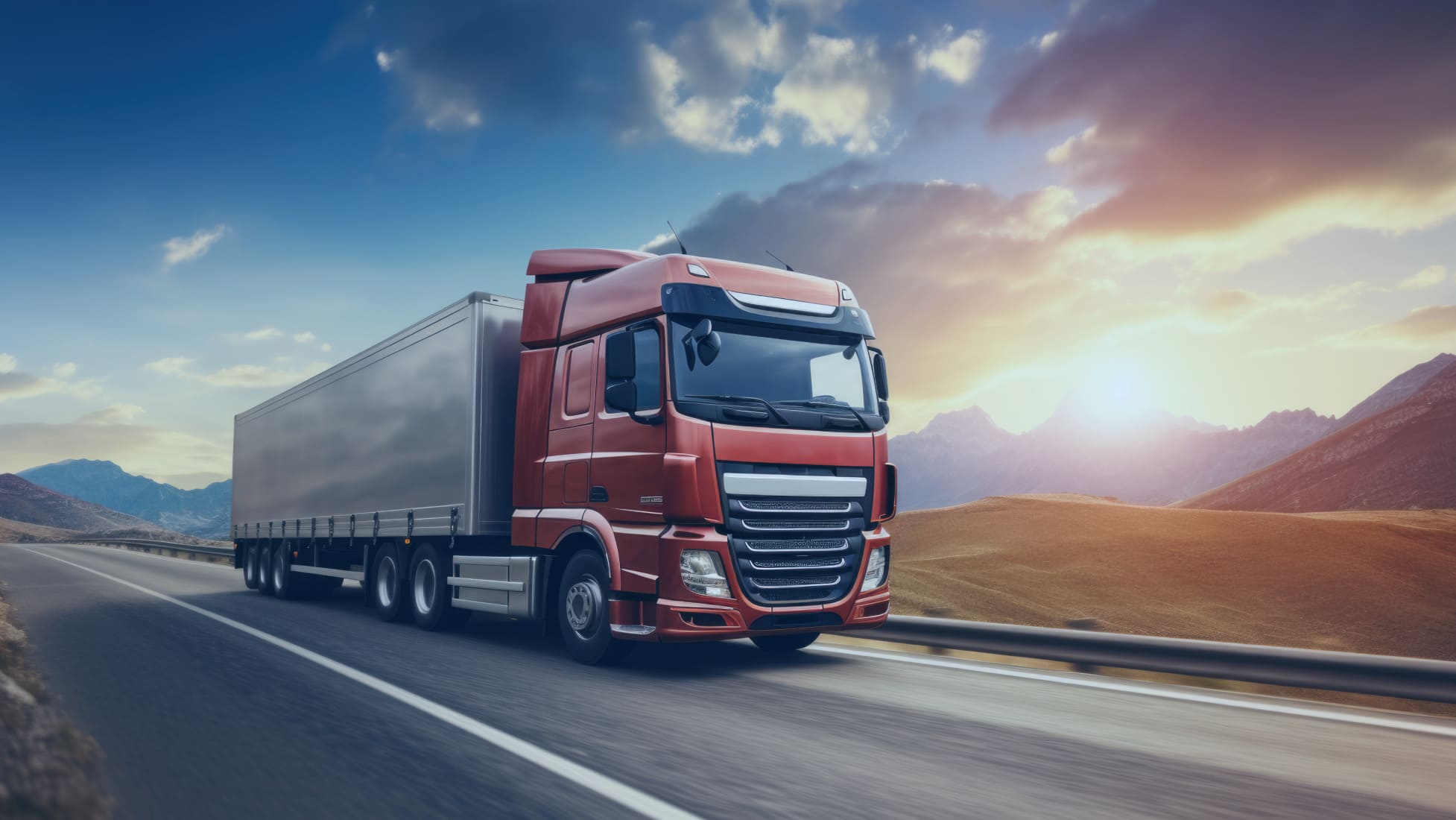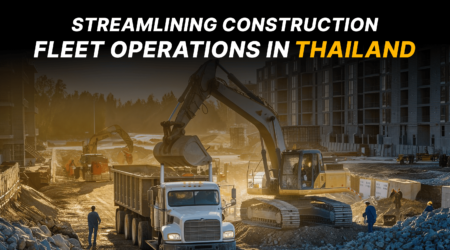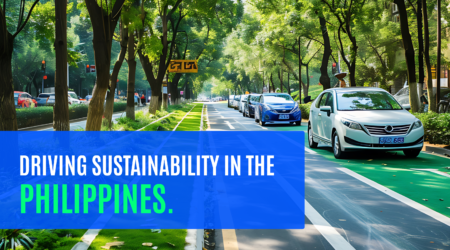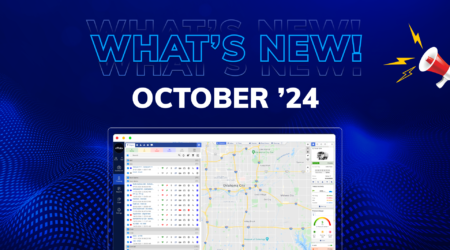The Future of Waste Management with Vehicle Load Monitoring
The world is on a relentless quest for sustainability, and waste management plays a critical role in this journey. As we navigate through the 21st century, the focus on efficient and smart waste management has intensified. One of the transformative technologies at the forefront of this revolution is Vehicle Load Monitoring. This innovative approach not only promises to optimize waste collection and transportation but also paves the way for a more sustainable future.
What is Vehicle Load Monitoring?
Vehicle Load Monitoring, as the term suggests, involves the use of advanced sensors and IoT technologies to track and manage the load carried by waste collection vehicles. This technology provides real-time data, enabling waste management companies to optimize routes, reduce operational costs, and minimize the environmental impact of their operations.
Enhanced Operational Efficiency
One of the primary benefits of Vehicle Load Monitoring is the significant boost it gives to operational efficiency. Traditional waste collection methods often involve predefined routes and schedules, which do not account for the actual amount of waste needing collection. Vehicle Load Monitoring changes this by providing real-time data on the weight and capacity of each vehicle.
Dynamic Route Optimization
With real-time load data, fleet managers can adjust routes on the fly, ensuring that vehicles are not traveling half-empty or overfilled. This optimization means trucks spend less time on the road, reducing fuel consumption and wear and tear on vehicles.
Improved Scheduling
Vehicle Load Monitoring allows for more accurate scheduling based on actual waste generation patterns. This adaptability ensures that bins are not overflowing before collection and that vehicles are efficiently utilized, enhancing service quality and community satisfaction.
Enhancing Service Quality
With Vehicle Load Monitoring, waste management becomes more responsive. Companies can monitor bin fullness and collection frequencies, adjusting schedules to meet actual needs. This responsiveness not only improves service quality for customers but also contributes to a cleaner, healthier environment by preventing overflows and reducing litter.
The Environmental Impact
The integration of Vehicle Load Monitoring in waste management significantly contributes to environmental sustainability. By optimizing routes and reducing the number of trips, it directly cuts down on fuel consumption and emissions. Moreover, the data collected can be used to analyze trends and further improve waste management strategies, contributing to a more circular economy.
Reducing Carbon Footprint
Every mile saved by optimizing routes translates into a tangible reduction in carbon emissions. VLM makes this possible on a large scale, presenting a powerful tool in the fight against climate change.
Promoting a Circular Economy
By providing detailed data on waste types and quantities, it helps in identifying opportunities for recycling and reuse. This data is invaluable for cities and companies aiming to transition towards a more circular economy, where waste is not an end product but a resource.
Economic Benefits
The economic implications of vehicle load monitoring are profound, offering cost savings and operational advantages to waste management companies.
Lower Operational Costs
Reduced fuel consumption, fewer vehicle repairs, and optimized labor usage all contribute to lower operational costs. These savings can be significant, especially for large-scale operations, enhancing the financial viability of waste management companies.
Long-Term Infrastructure Planning
The data collected can inform long-term strategic planning, including decisions about fleet size, vehicle types, and future investment in waste management infrastructure. This forward-looking approach can lead to more sustainable and economically viable waste management practices.
The Role of Technology and Innovation
The efficacy of Vehicle Load Monitoring hinges on the integration of various technologies. IoT sensors, GPS tracking, and sophisticated software systems come together to make VLM a reality. As technology advances, the potential of VLM expands, offering more nuanced data and insights for waste management.
Advanced Sensors and IoT
The heart of Vehicle load monitoring lies in the sensors and IoT devices installed in vehicles. These tools measure weight in real-time, transmitting data for immediate analysis. As sensor technology evolves, the accuracy and capabilities of this systems are set to improve further.
Data Analytics and AI
Beyond collecting data, the power of vehicle load monitoring is unlocked through advanced analytics and AI. These technologies process vast amounts of information to provide actionable insights, predict trends, and even automate decision-making processes, leading to smarter, more adaptive waste management strategies.
Challenges Addressed by Vehicle Load Monitoring
Inefficient Resource Utilization
Traditionally, waste management has suffered from inefficiencies such as underutilized vehicles and labor. VLM addresses this by ensuring that each collection trip is optimized for maximum efficiency.
Environmental Compliance
With increasing regulations around emissions and sustainability, waste management companies face growing pressure to reduce their environmental impact. It helps companies comply with these regulations by reducing emissions and improving overall environmental performance.
Customer Satisfaction
Inconsistent or inefficient waste collection can lead to public dissatisfaction. Vehicle load monitoring ensures more timely and predictable waste collection, leading to higher customer satisfaction and improved public perception.
The Road Ahead
As we look to the future, Vehicle Load Monitoring is poised to become an integral part of waste management worldwide. The benefits it offers in terms of efficiency, environmental impact, and cost savings are too significant to ignore. However, the journey doesn’t stop here. Continuous innovation and commitment from governments, businesses, and communities are essential to realize the full potential of VLM.
Embracing Innovation
For Vehicle Load Monitoring to reach its full potential, ongoing investment in research and development is crucial. New technologies and approaches need to be explored and adopted, ensuring that its systems remain at the cutting edge of waste management.
Integration with Smart City Infrastructure
Vehicle load monitoring will increasingly become a component of a larger, interconnected smart city framework. This integration will enable real-time synchronization with traffic management systems to optimize routes not only based on the waste collection needs but also according to the city’s traffic flow, reducing congestion and improving efficiency.
Real-Time Data Sharing:
VLM systems will communicate with other smart city platforms, sharing data that can help in planning urban infrastructure, optimizing other services, and improving overall city management.
Collaborative Urban Planning:
Waste management will no longer be a standalone service but part of an integrated approach to urban planning. VLM data can inform decisions on zoning, public space design, and even emergency services.
Enhanced Analytical Capabilities
The future of VLM lies in its ability to not just collect data, but to analyze and act upon it intelligently. Advances in machine learning and AI will allow for more sophisticated analysis, predicting patterns in waste generation and optimizing collection routes and schedules proactively.
Predictive Maintenance:
VLM systems will predict when parts of a vehicle are likely to fail or need maintenance, reducing downtime and extending the lifespan of waste management fleets.
Waste Generation Forecasting:
By analyzing trends, VLM can predict future waste generation, aiding in long-term planning and ensuring that infrastructure and services are capable of meeting demand.
Policy and Regulation
Governments have a vital role to play in facilitating the adoption of Vehicle load monitoring. By setting standards, providing incentives, and investing in infrastructure, policymakers can accelerate the integration of Vehicle load monitoring in waste management strategies.
Public Awareness and Participation
Finally, the success of Vehicle load monitoring depends on public support and participation. Educating citizens about the benefits of efficient waste management and encouraging responsible waste disposal behaviors are essential for creating a sustainable future.
Conclusion
Vehicle Load Monitoring represents a significant leap forward in our quest for sustainable waste management. By harnessing the power of technology, we can optimize operations, reduce environmental impact, and pave the way for a cleaner, greener future. As we continue to innovate and adapt, the potential of Vehicle load monitoring in shaping the future of waste management is boundless. Embracing this technology is not just about improving waste management; it’s about committing to a sustainable future for generations to come.





